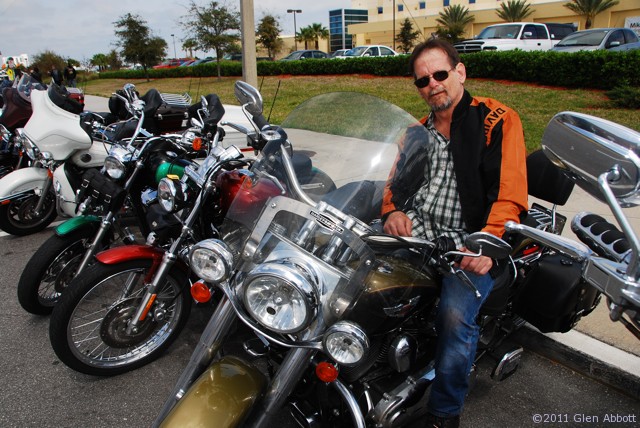In 1946, he established the Honda Technical Research Institute to motorize bicycles with small, war-surplus engines. These bikes became very popular in Japan. The institute soon began making engines. Renamed Honda Motor in 1948, the company began manufacturing motorcycles. Business executive Takeo Fujisawa was hired to manage the company while Honda focused on engineering
In 1951, Honda brought out the Dream Type E motorcycle, which proved an immediate success thanks to Honda's innovative overhead valve design. The smaller F-type cub (1952) accounted for 70% of Japan's motorcycle production by the end of that year. A public offering and support from Mitsubishi Bank allowed Honda to expand and begin exporting. The versatile C100 Super Cub, released in 1958, became an international bestseller.
In 1959, the American Honda Motor was founded and soon began using the slogan, "You meet the nicest people on a Honda," to offset the stereotype of motorcyclists during that period. Though the small bikes were dismissed by the dominant American and British manufacturers of the time, the inexpensive imports brought new riders into motorcycling and changed the industry forever in the United States.
Ever the racing enthusiast, Honda began entering his company’s motorcycles in domestic Japanese races during the 1950s. In the mid-1950s, Honda declared that his company would someday win world championship events – a declaration that seemed unrealistic at the time.
In June 1959, the Honda racing team brought their first motorbike to compete in the Isle of Man Tourist Trophy (T.T.) race, then the world’s most popular motorcycle race. This was the first entry by a Japanese team. With riders Naomi Taniguchi, who finished sixth, Teisuke Tanaka, who finished eighth, and Kiyoshi Kawashima, who would later succeed Soichiro as Honda Motor president, as team manager, Honda won the manufacturer's prize.

However, they were not pleased with their performance. Kawashima remembers: "We were clobbered. Our horsepower was less than half that of the winner."
Learning from this experience, Soichiro and his team worked even harder to make rapid progress in their motorsports activities. Two years after their first failure, they were the sensation at the TT by capturing the first five places in both the 125cc and 250cc classes. The upstart Japanese had outclassed all their rivals. As a result of the team's stellar performance, the Honda name became well known worldwide, and its export volume rose dramatically. Soichiro seemed to have foreseen the future of Japan, which, twenty years later, was to become one of the world's leading economies.
Honda would become the most successful manufacturer in all of motorcycle racing. Honda has since won hundreds of national and world championships in all forms of motorcycle competition.
While Honda oversaw a worldwide company by the early-1970s (Honda entered the automobile market in 1967), he never shied away from getting his hands greasy. Sol Sanders, author of a Honda biography, said Honda appeared "almost daily" at the research lab where development work was being done. Even as president of the company, "he worked as one of the researchers," Sanders quoted a Honda engineer as saying. "Whenever we encountered a problem, he studied it along with us."
In 1973, Honda, at 67, retired on the 25th anniversary of Honda's founding. He declared his conviction that Honda should remain a youthful company.
"Honda has always moved ahead of the times, and I attribute its success to the fact that the firm possesses dreams and youthfulness," Honda said at the time.
Unlike most chief executive officers in Japan, who step down to become chairmen of their firms, Honda retained only the title of "supreme adviser."
In retirement, Honda devoted himself to public service and frequent travel abroad. He received the Order of the Sacred Treasure, first class, the highest honor bestowed by Japan's emperor. He also received the American auto industry's highest award when he was admitted to the Automotive Hall of Fame in 1989. Honda was awarded the AMA’s highest honor, the Dud Perkins Award, in 1971.
Honda died on August 5, 1991 from liver failure at 84. His wife, Sachi, and three children survived him.
 Kawasaki has issued a recall of certain 2008 Ninja EX250J8F and EX
Kawasaki has issued a recall of certain 2008 Ninja EX250J8F and EX 250J8FL motorcycles.
250J8FL motorcycles.












